
OCT
Latest News
Latest Videos
CME Content
More News
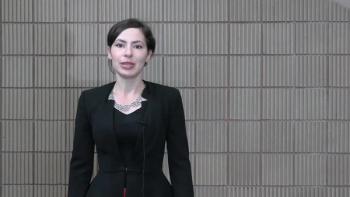
Ophthalmology Times® talked Nevin El-Nimri, MS, OD, PhD, FAAO, about the relationship between optic disc fovea distance, axial length and disc at this year's ARVO meeting.


Amir H. Kashani, MD, PhD, sat down with David Hutton, Managing Editor, Ophthalmology Times®, to discuss his presentation at this year's ARVO meeting on optical coherence tomography and the assessment of cognitive impairment in Alzheimer's Disease and other related dementias.

Tips to help eye care providers navigate the maze of insurance issues.
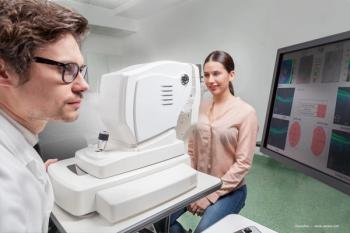
Data shows the Notal Vision Home OCT device can be used to manage wet age-related macular degeneration (AMD).

In a presentation at the Asia-Pacific Academy of Ophthalmology Congress in Kuala Lumpur, Malaysia, Kyoko Ohno-Matsui, MD, PhD, noted that changes of scleral curvature and staphyloma edge development may occur in synchronicity.

Investigators show the effectiveness of Home-OCT based remote monitoring model.
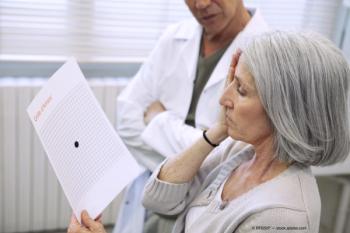
A partnership that includes BALANCED Media|Technology, the Retina Foundation of the Southwest and Southern Methodist University is seeking a patent for machine learning software for OCT images aids in identity progression and treatment options

Investigators hoping to develop a novel artificial intelligence model.
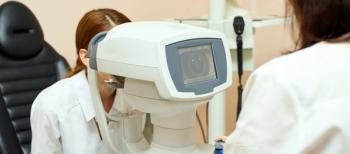
Proposal hints at the use of generative adversarial network (GAN) for applications in macular surgery

Retinal and choroidal changes were observed in study.
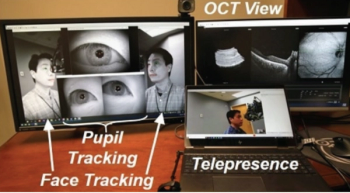
Pilot study tests the technology to obtain remote fundus imaging of patients.
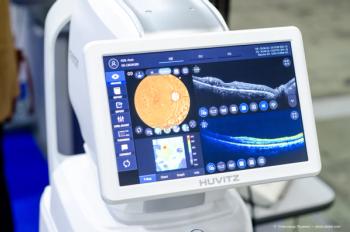
There are times when physicians should be critical of scans.

Richard B. Rosen, MD, DSc(Hon), reports on the capabilities of using clinical OCT for imaging and measuring macular surface macrophage cells during the 2021 ASRS annual meeting.

Justis P. Ehlers, MD, speaks on the findings from a higher-order OCT analysis for inflammatory signal biomarkers in the HAWK Study.

Adolf Fercher's 2D image of fundus paved way for today’s imaging technique.
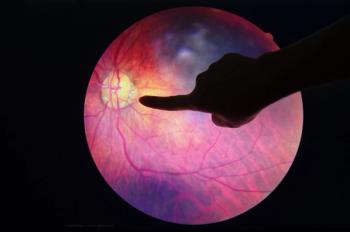
Early visual functions deficiency and OCT-A changes at the preclinical stage of diabetic retinopathy
Future investigations will assess findings, evaluate their prognostic value.

Investigators examine usefulness in refractive surgery evaluations.

Anat Loewenstein, MD, MHA, discusses how artificial intelligence can optimize optical coherence tomography.

Rhegmatogenous retinal detachment studied.
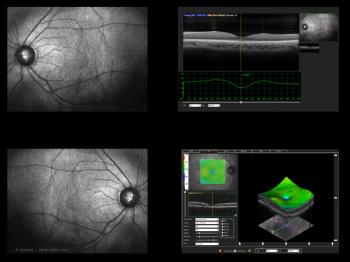
Philip Rosenfeld, MD, PhD, presents results from a natural history study of patients that results in recognition of hypertransmission defects on en face OCT.
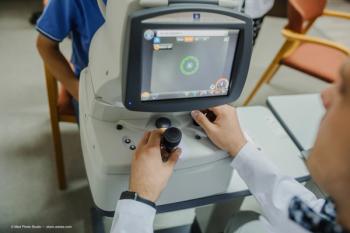
Option detects treatment-naive nonexudative macular neovascularization in eyes with dry age-related macular degeneration

Dual imaging may reduce costs, unnecessary referrals, telehealth study results show.
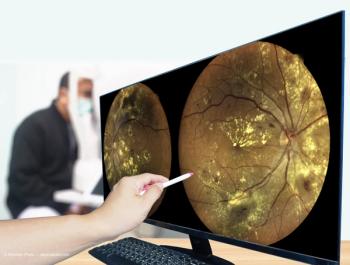
Increased access is key to preventing disease progression in patients.
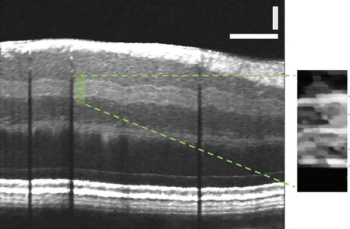
Visible-light optical coherence tomography proves valuable in studies.







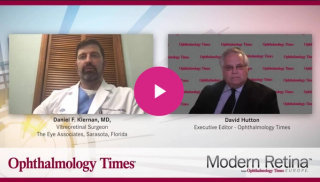
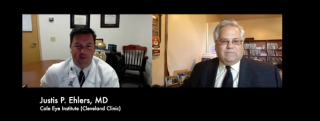
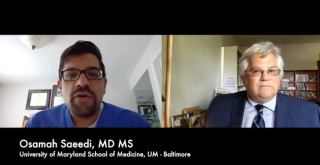













































.png)


